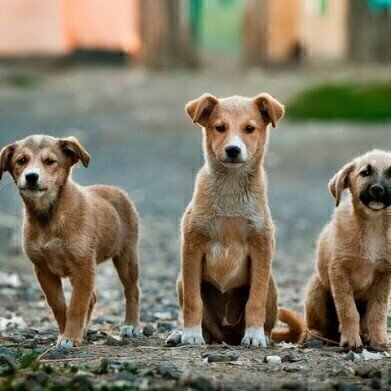GC-MS
Dogs vs Chromatography — Who is the Winner?
Nov 30 2016
Man’s best friend helps us in all kinds of ways. Assistance dogs for people with sight problems; dogs who can help to detect explosives; and search and rescue dogs who help us to find people who are lost.
Now a researcher at the University of Melbourne in Australia has found another way that our canine friends can help us — in vineyards to help keep one of Australia’s best exports in top shape. Vineyards are susceptible to many pests and diseases and keeping vines healthy is an important task — and this is where Sonja Needs and her faithful dog Keely help to preserve the vineyards of Australia.
Wine and dogs — hobby and work
After completing her undergraduate studies, Sonja worked in winemaking looking at new grape varieties for wine — giving her a background in wine making and vines. But it is her hobby of dog training that has led to her dog Keely — a border terrier — helping to keep Australia’s vineyards free from fungal diseases.
The major advantage in using dogs to detect scents is their versatility and speed. Dogs are much quicker than people and can cover more ground is less time than a person could — especially when they must negotiate around bushes. Once a dog is trained in detection it is a simple task to add more odours to the profile they will search for — with drug and explosive detection dogs capable of learning twelve scents or more.
Dogs just love pheromones and hormones
Dogs can detect odours — volatile molecules — that are as dilute as one part per trillion. They also have something known as a vomeronasal organ — part of an auxillary olfactory system found in many animals — in the roof of their mouths. The vomeronasal organ can detect chemical stimuli such as pheronomes and hormones. It is this ability to detect these chemical signals that allows dogs to detect pest and problems in winemaking.
So far, Sonja has trained dogs to detect Brettanomyces — a type of yeast that can taint wine — that loves to live in oak wine barrels. Soon she hopes to train a dog to detect phylloxera — a type of aphid that can decimate vines by infecting their root structures.
The dogs begin training by learning to find a neutral odour — a volatile substance that they are unlikely to encounter in normal life. Once they are comfortable with the first odour, they can be trained to detect other odours.
Dog or GC?
Of course, chromatography is well versed in analysing volatile substances as discussed in the article, The Benefits of GC/MS Coupled with a Headspace Trap to Monitor Volatile Organic Compounds in the Production of Beer. But should we all hand our GCs in and get a border terrier?
Probably not, but as Sonja says “Dogs also have a greater sensitivity to volatile molecules than most mobile gas chromatography detectors and they can sort and discriminate scents where machines have difficulty.”
Digital Edition
Chromatography Today - Buyers' Guide 2022
October 2023
In This Edition Modern & Practical Applications - Accelerating ADC Development with Mass Spectrometry - Implementing High-Resolution Ion Mobility into Peptide Mapping Workflows Chromatogr...
View all digital editions
Events
Jan 20 2025 Amsterdam, Netherlands
Feb 03 2025 Dubai, UAE
Feb 05 2025 Guangzhou, China
Mar 01 2025 Boston, MA, USA
Mar 04 2025 Berlin, Germany














